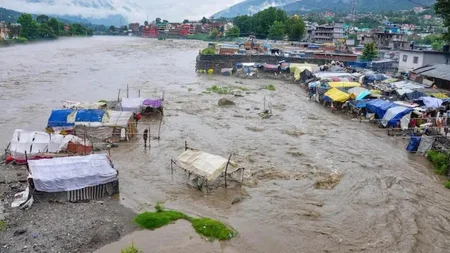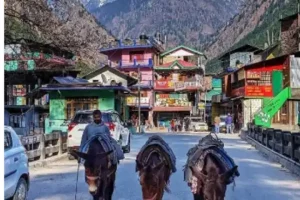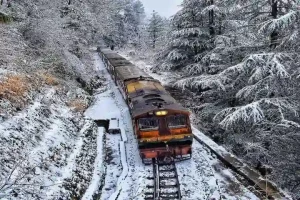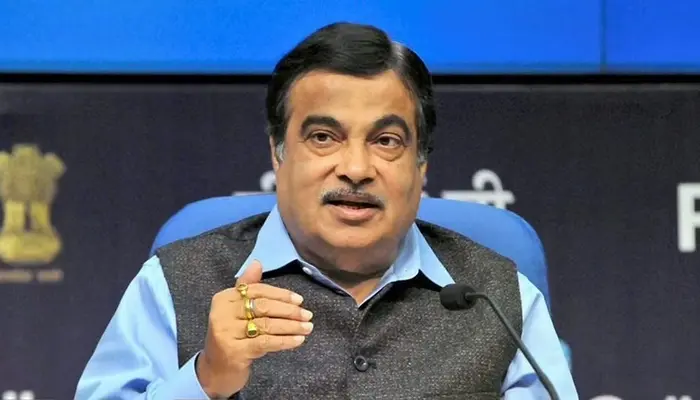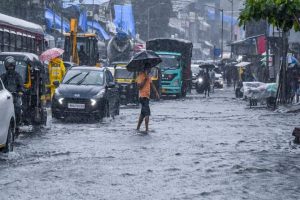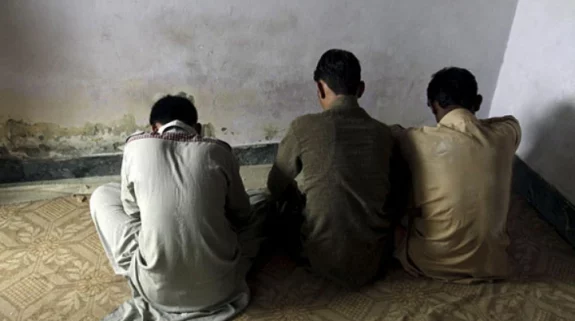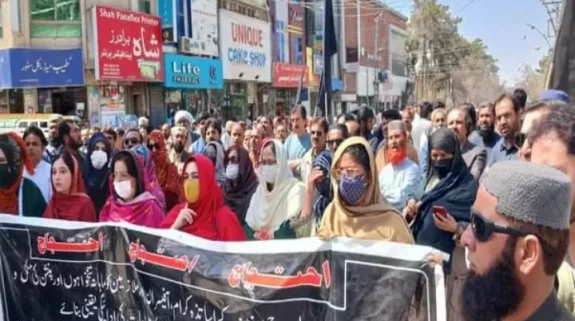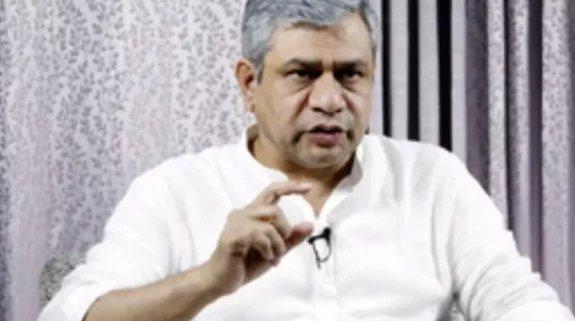Three cloud bursts in the past 120 hours ,two of these in Parvati valley of state’s Kullu district along with a fresh forecast of heavy to very heavy rains, is showcasing Himachal Pradesh’s proneness to natural disasters, especially during monsoons.
A number of tourist camps and houses have been washed away in a cloud burst in Choj village of Parvati valley in Kullu.
Cut trees, cut mountains, make resorts and camping places, ruin the nature… This will obviously happen#cloudburst #choj #parvativalley #himachalpradesh pic.twitter.com/XlaaLHaa9G
— The Tall Indian (@DesiBaba1008) July 6, 2022
Cloud bursts is a natural phenomenon noticed in the mountains of Himachal Pradesh , Jammu and Kashmir and Uttarakhand. Locals are familiar with the with the sudden and devastating flooding that it causes. But environmentalists are waking up to cloud bursts, and linking such incidents to climate change .
Cloudburst at Amarnath in Kashmir this week has resulted in massive loss of lives and wreaked havoc all over the valley resulting in panic among the pilgrims ,as also creating an emergency situation in the militant prone Kashmir as flash floods left more than 15,000 pilgrims stranded .
#WATCH | J&K: Massive amount of water flowing turbulently after a cloud burst occurred in the lower reaches of Amarnath cave. Rescue operation is underway at the site pic.twitter.com/w97pPU0c6k
— ANI (@ANI) July 8, 2022
“ Disasters are not new to the mountains .It’s the nature of hills and conditions ,particularly during monsoons. What’s serious is the frequency and intensity . Climatic factors and global warming remain as major root causes .Now, the fatalities are unimaginable .The magnitude of such extreme incidents is growing each year“ admits Anand Sharma ,a former Director ,Indian Meteorological Department (IMD),Dehradun ,Uttarakhand .
There is a lot of anthropogenic activity happening in the mountains to build dams, new roads ,National Highways , power projects , irrigation schemes and bridges .This involves cutting and boring of tunnels .Some of these constructions and dams are built in the course of the rivers or run off .Thus, after cloud bursts and incessant rains trigger the flash floods .The gushing water uses the natural course .If these were buildings, projects ,roads or dams blocking the course of flow ,destruction is bound to happen,” he says .
The tampering of the state’s fragile Himalayan ecology in Himachal Pradesh is responsible for an increase in the magnitude of each instance of natural disaster.
The evidence shows that the cloudburst happens when the amount of rainfall in a particular region exceeds 100 millimetres per hour, according to IMD studies .
Surinder Pal, Director IMD ,Shimla says: “ The Cloudbursts in the Himalayan region usually happen between July and August. They also happen either early morning or mid-night .The people don’t get time to save themselves since they've been asleep, unlike earthquakes during which one can take precautions to save lives . Cloud bursts do not give a time to save oneself”
A cloud burst at Chirgaon in Rohru in 1997 claimed around 200 lives as the entire village got washed away .There have also been a series of cloud bursts in Parvati valley ,Manali, Kinnaur and Chamba apart from Mandi and Chamba districts .
Most climate change scientists admit that natural calamities in Himachal Pradesh have increased in districts including — Shimla, Mandi,Chamba, Kullu, Kinnaur and Lahaul-Spiti.
The latest incidents of cloud bursts happened in Chhoj area in Kullu district on the morning of July 6, 2022. At least six people got washed away . More than 30 people from a power project in the area were rescued .
Buy Himachal Pradesh District Map from Store Mapsofindia.#buymaps #maps #India #HimachalPradeshhttps://t.co/xYtqiEjOnr pic.twitter.com/EK9t4i1GEW
— MapsofIndia Store (@store_MOI) October 17, 2017
Special secretary state disaster management authority Sudesh Mokhta said two more cloud bursts happened in the state thereafter . One of these was in Bilaspur and another again in Kullu .
In all 65 persons have lost their lives after the monsoon hit the state resulting in incidence of landslides ,cloud bursts and flash floods .Four persons are still missing ,says Mokhta.
On Saturday ,the India Meteorological Department issued a ‘yellow alert’ for the state as the government also promptly advised the people to stay away from rivers and nullahs and also avoid travelling to areas vulnerable to natural calamities and disasters like cloud bursts –both resulting in massive death tolls.
Chief Minister Jai Ram Thakur said the number of such incidents will increase as the monsoon gains momentum. “Deputy commissioners must remain alert to deal with natural calamities. Relief operations should be expedited wherever any incident occurs.
During monsoon, incidents of landslides, floods and cloud bursts are reported in Himachal Pradesh. One such incident has just been reported from Kullu. Five people have been missing. The review minister would be taking stock of the situation: CM Jairam Thakur pic.twitter.com/N7TmTnznDf
— ANI (@ANI) July 6, 2022
More urbanization activities in the rural area ,digging to raise high rise multi-storey buildings for commercials , widening of roads, Four-laning, power projects, forest land diversions and dumping of debris all over the river banks and mountain spaces have contributed to frequency of disasters as Himalayas are highly sensitives to such human interferences .
Last year Kinnaur—a high altitude district reported the highest number of deaths due to natural calamities followed by Lahaul-Spiti, which is part of a cold desert and receives very less rainfall usually.
“ There is a need for a balanced approach in development .Nature wants harmony .The trees are the biggest neutralizers and have always reduced the risk of disasters in the future,” feel Kulbhushan Upmanyu, an activist and associate of late Sunderlal Bahuguna .
A well-known face of the #ChipkoMovement in India, Sunderlal Bahuguna understood climate change decades before the term became a part of our lives.#AmritMahotsav #HistoryCorner #MainBharatHoon pic.twitter.com/5pfYlPiYLu
— Amrit Mahotsav (@AmritMahotsav) March 9, 2022
Last year , 250 persons lost their lives during natural disasters in Himachal Pradesh .These include cloud burst triggered flash floods and landslides .
Kedarnath tragedy in 2013 and Chamoli disaster in 2021 are also some of the terrible reminders of cloud bursts in Uttarakhand .
Also Read: India’s merciless heat wave smashes into Shimla — Himachal’s fragile ecosystem now under threat






